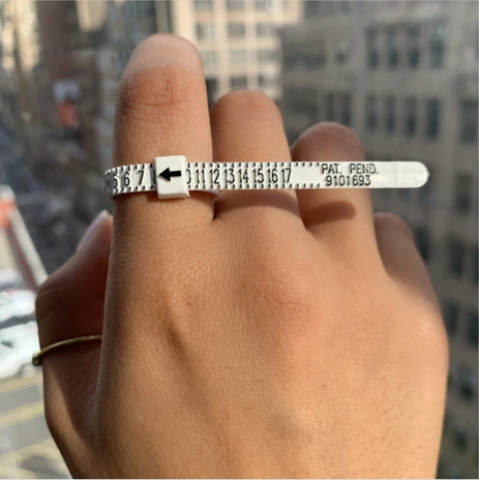Selling an engagement ring is not just a transaction; it's often a journey full of emotion and complexity. Whether due to a breakup, a change in financial circumstances, or simply a desire for a different engagement ring, the decision to part ways with a symbol of commitment requires sensitivity and careful consideration. And we wanted to clear up some misleading information that exists about this endeavor and provide actionable advice to make the process more realistic and transparent.
While we have a return policy to protect you in the event that you are not happy with our product, we cannot take responsibility for orders that are entered incorrectly. Please check your order details for the correct metal and finger size. Once your order is in production, change requests may be subjected to a fee. If you are requesting for a change after your order is completed, there will be a restocking fee equal to 25% of the cost of the setting. All custom commissions and eternity style rings are final sale and non-refundable.
Rings are adjustable by only 1.5 size (+/-) once it is made, and rings with an eternity design or stone settings are not resizable. Please ensure you have been sized by a professional jeweler before confirming your purchase.






